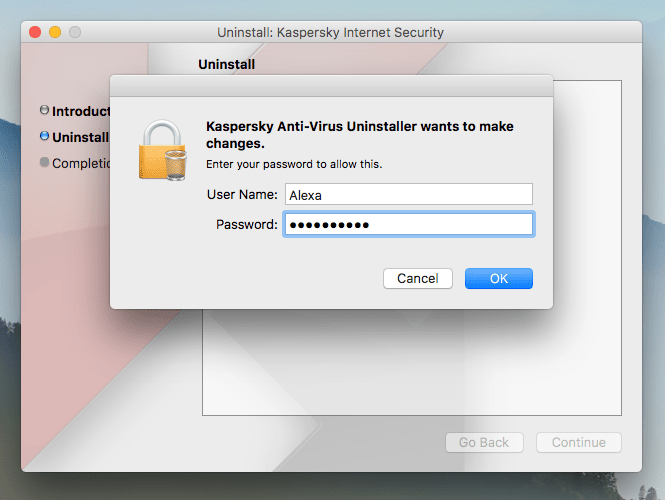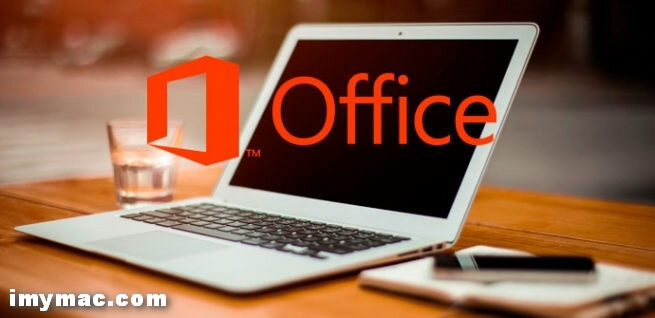
Move to the Recycle Bin the following files:ģ. Click the Back arrow to return to the Library folder, and then open Group Containers. You must back up these folders before deleting them.ģ. Warning: Outlook data will be deleted when you move the three folders mentioned in this step to the Recycle Bin. In the Finder menu, open Library> Containers, move the following files to the Recycle Bin. Display the Library folder (see 2.2.2 to 2.2.3 above).Ģ. Clean Office 2016 and above without uninstalling itġ. Secondly, you have to leave all Office components in their default file locations.Ģ. Restart your computer, repair permissions (see point 4 below) and see if Excel works. In other words, keep it simple and change your hard disk name if not. Firstly, your hard disk name should not be more than 25 characters long and not have «funny» characters with accent, punctuation or such as « / _ * ’ ( )».

Check the Apple Menu «About this Mac» to know your OSX version.ġ.

Open the “PrivilegedHelperTools” folder and delete the file called “.helper.”Įmpty your Mac’s Trash and restart your computer to complete the removal of Office.Sometimes, Excel does not work properly, especially when running with Mac OSX (known issues when macros are involved). Open the “Preferences” folder and delete the file called “.plist.”Ĭlick the name of your Mac’s primary hard drive under the Devices heading in the Finder. Open the “LaunchDaemons” folder and delete the file called “.ist.”Ĭlick the name of your Mac’s primary hard drive under the Devices heading in the Finder.

Open the “Library” folder, then open the sub-folder called “Internet Plug-ins.” Drag and drop to the Trash any files with the phrase “SharePoint” in their names.Ĭlick the name of your Mac’s primary hard drive under the Devices heading in the Finder. Drag and drop the folder into the Trash.Ĭlick the name of your Mac’s primary hard drive under the Devices heading in the Finder. Scroll through the list of applications until you locate the Microsoft Office 2011 folder.


 0 kommentar(er)
0 kommentar(er)
